Introduction to Sedum Transplanting
Picture the tenacious sedum, a plant that scoffs at drought, relishes the sunshine, and sprawls across gardens with the carefree spirit of a summer road trip. It’s that time of year again when the sun plays king and the thermometer seems to only know the upper ranges, but you’re wondering, “Can I transplant sedum in the summer?” Let me guide you through the versatility of sedum and shed some light on its transplanting adaptability during these sizzling months.
Sedums—often bathed in hues of jade and garnet—are like the Swiss Army knives of the plant world. Whether they’re adorning a rock wall or cushioning the ground beneath your feet, they perform with few complaints. I recall the resilience of a neighbor’s sedum display, which, after a mid-July transplant, splashed the garden in vibrant life—even when the sun’s glare was at its sternest.
Transplanting sedum in the heat might seem counterintuitive, but those fleshy leaves are reservoirs of moisture, and their root systems are as unfazed by change as a seasoned traveler. The care for these succulent characters is so straightforward, it almost feels like they’re encouraging you to make that midsummer garden shuffle.
Enough with the idle chat; let’s dive into the nitty-gritty. Whether you’re nudging them into a new nook or spreading their joy to a barren patch, sedums are your willing accomplices. Embrace the warmth and take a peek at the intricate dance of transplanting sedum with nothing but the summer breeze as your witness. For more detailed plant care tips, be sure to explore our other guides on nurturing garden treasures.
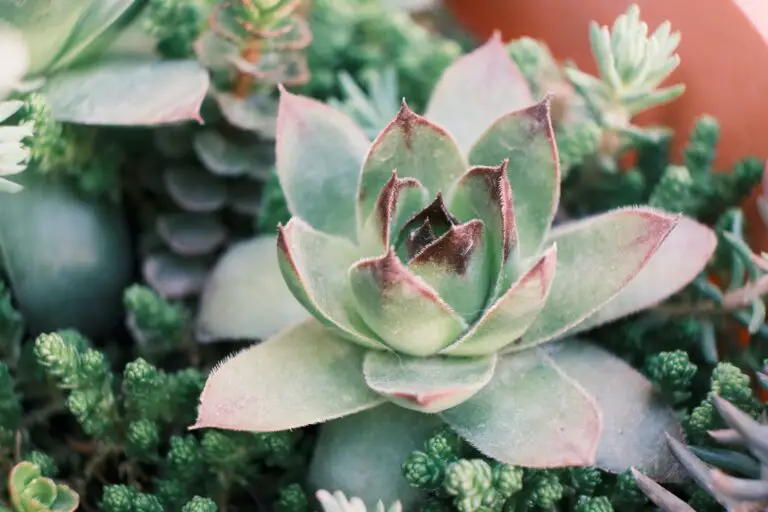
Understanding Sedum’s Growing Season
When you hear ‘sedum,’ think resilience! These hardy succulents breeze through the seasons, flaunting their versatility. Transplanting them, though? That requires a little know-how. Summer, with its sizzling sun, may not seem an ally for transplanting endeavors, but sedum plants have a growing timeline that can tolerate the heat with a bit of strategy!
Sedum spans a spectrum – from tight ground-huggers to lofty bloomers – and once spring winks hello, these plants kick into gear. They embark on a growth spurt in late spring, laying their groundwork before summer even stretches its lazy limbs. Now, imagine it’s the peak of summer. You’re bathed in sunlight, much like sedum’s fleshy leaves clutching warmth. The sedum is full throttle in its life cycle, turning the summer rays into succulent sustenance.
But here’s where timing is everything. Transplanting sedum in the thick of summer is like switching dance partners mid-song; you need to gauge the rhythm. Consider the type of sedum and its current life stage. Younger plants might just relish the change, akin to an impromptu adventure in their blooming journey, whereas mature sedums could need more coaxing.
In that summer fervor, sedum is surprisingly accommodating. It’s rooted in a seasonal cycle that savors every droplet of sunlight, storing energy for its radiant showcase. We’ve seen sedums endure when other plants would falter, basking in the summer aura. It’s a testament to their enduring spirit, one that intertwines with their seasonal progression, making summer a potential time for transplant adventures.
Think about that for a moment: a robust plant, thrumming with life in the heat you’d think stifling. It’s indicative of sedum’s growing rhythm, a cycle that’s as impactful as the visual poetry of their blossoms. Speaking of blossoms, have a look at this stunning sedum’s care guide to ensure you’re in sync with their needs year-round.
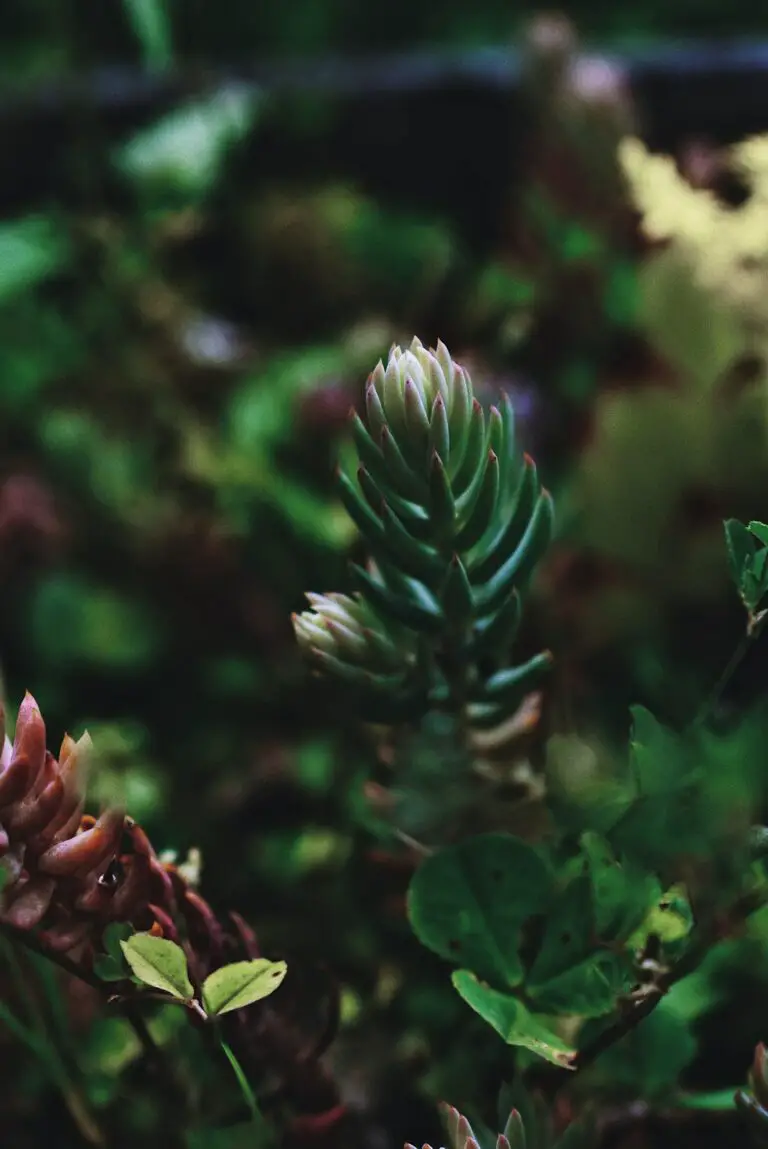
So, while the sedum’s peak might paint summer as a no-go zone for transplanting, it’s not a stone-cold fact. Understanding the sedum growth cycle unlocks the potential for successful summer transplants – with a smidgen of garden gumption and a dash of timing tact.
Benefits and Risks of Summer Transplants
When it’s sizzling outside, and you’re itching to reposition your sedum, the question arises – is summer the right time for such a gardening gambit? Transplanting sedum in the heat of summer brings its share of perks and peril. Let’s dive into the whys and why-nots, shall we?
Pros of Playing the Planting Game in June, July, and August: It’s the season of growth and gusto in the garden. Your sedum is likely in full swing, flaunting its verdant energy, which can make it seem like the ideal candidate for a move. Transplanted with care, sedum can quickly establish new roots, taking advantage of summer’s extended daylight. Picture this: it’s a warm, bright early morning, and you’re nestling your sedum in its new home, giving it a fighting chance to settle well before the scorching midday sun reminds you to retreat to the shade.
Cons of the Heatwave Horticulture: But here’s the catch – with the mercury soaring, sedum strains under the sun’s relentless rays. This sun-worshipping succulent might face heat stress and the peril of parchedness. I’ve seen it happen – plants wilting under the high noon sun like a cowboy in an old western, yearning for a drop of life-giving water. The risk of dehydration is real; it’s a high-stakes game transferring your verdant little buddies when the climate is channeling its inner desert.
Consider your local environment before you brandish that trowel. In some regions, a balmy breeze may caress your sedum’s leaves, buffering the impact of the overhead sun. In others, it’s akin to thrusting your green charge into a sweltering sauna – the shock of it can be a tad too dramatic for those tender roots.
If you’re mulling over how to best care for your sedum post-transplant, or if you simply need authoritative advice on sedum maintenance, swing by our guide on thriving succulent care for spotlight-worthy tips.
So, what’s the final word on summer sedum shuffles? It’s a bit like yin and yang – benefits intertwined with risks. A well-timed dance with the trowel might see your sedum soaring to new heights, while a misstep could lead to a less than lush outcome. The choice is yours, gardener. Choose wisely, water generously, and shade smartly!

Step-by-Step Guide to Transplanting Sedum in Summer
Thinking about transplanting your sedum this summer? You’re in luck, since these resilient succulents can handle a move during the warmer months, provided you follow a few key steps. Let’s dive into how to ensure your sedum thrives in its new location, even as the temperature rises.
Prep Work: The Right Soil and Site
Before you even lift a spade, it’s crucial to ensure the new site and soil are ready to welcome your sedum. Choose a spot that gets plenty of sunshine—these plants are sun worshippers—and mix in some coarse sand with the native soil for improved drainage. Trust me, your sedum’s roots will thank you for preventing waterlogged conditions, which they despise more than a cloudy day.
When to Water: Timing is Everything
Water the plant thoroughly a day or two before the big move. It’s like giving your sedum a good energy drink before a workout; it helps avoid transplant shock. On D-day, aim to transplant during the cooler parts of the day—early morning or late afternoon. Because let’s face it, no one enjoys working out under the midday sun, not even your sedum.
The Big Move: Handling with Care
Dig around the base of your sedum, giving a generous berth to avoid damaging the root system. Once lifted, loosen the soil and carefully place your plant in its new well-prepped abode. Remember, it’s not just about dropping it in the ground—the roots need to feel as comfortable as a hammock on a breezy day.
Settling In: Post-Transplant Care
After replanting, water your sedum to help settle the soil around the roots. But don’t go overboard—a light drink to dampen the soil is enough. In the following weeks, keep an eye on the soil moisture and water sparingly. Sedum is more about “live free or dry” rather than “live free or die.”
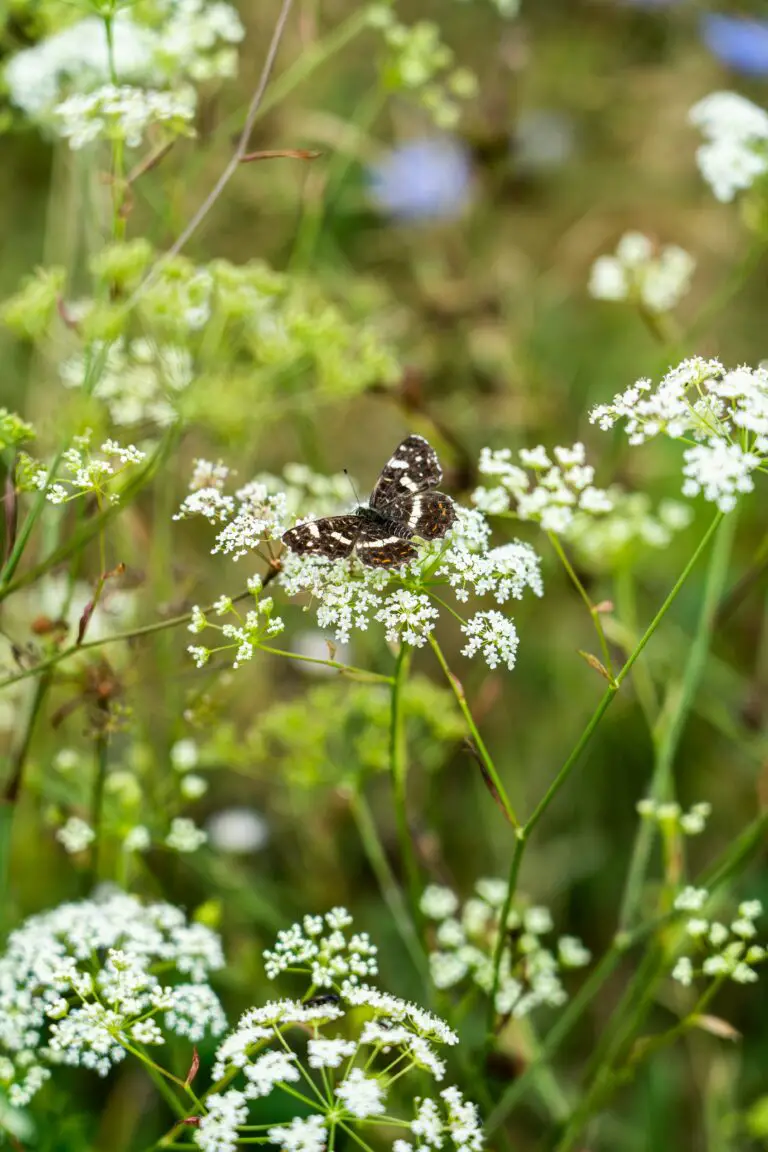
Imagine this: You’ve just moved house in the peak of summer, hauling boxes, sweat pooling on your brow, and what’s the first thing you do? You grab a cold drink. That’s what the final step is about for your sedum—mulch. Providing a nice layer of mulch post-transplant is like that refreshing drink. It helps retain moisture, keeps the roots cool, and discourages unwelcome weed guests. A little time and tender care, following these steps crafted by the wise gardeners of old, and you’ll witness your transplanted sedum flourish, turning your garden into the envy of the neighborhood—like a well-placed piece of art in a gallery.
Choosing the Right Time of Day for Transplanting
Transplanting sedum during the simmering summer months might seem daunting, but catching the right timing can be like snagging the coziest spot under a shade tree. Timing isn’t just about the week or month, folks—it drills down to the right hour on the clock. So let’s set our alarm for success and uncover when that magic hour strikes for your sedum’s big move!
Imagine the crack of dawn, the air is crisp, and the dew is fresh on the grass—a picturesque time to relocate your sedums! You see, early mornings provide a cool environment, reducing the evaporation that saps moisture from your plant’s delicate system. Plus, this gives the sedum a full day to settle in before the twilight chill. It’s like waking up early to hit the open highway before traffic picks up; it makes for an easier transition to a new land (or pot!) without the added stress.
On the flip side, late afternoons can also be a winning ticket. The scorching midday sun has retreated, giving way to cooler temperatures. Transplanting in the late afternoon allows your sedum to acclimate overnight, which can be much gentler on its system. Think of it as tucking them into bed after a long day; they get to rest and recharge in the cooler night air, prepping for a sunny day ahead.
Remember, timing can vary based on your specific climate and the current weather patterns. It’s like trying to decide the best time to have an ice cream cone at the beach—it’s all about that perfect moment. Keep an eye on the forecast, and aim for a stretch of days without extreme heat waves to give your sedum the smoothest transition possible.
By choosing the right time of day for transplanting your sedum, you’re not just hoping for success—you’re planning for it! It’s the difference between throwing a dart blindfolded and aiming for the bullseye with precision. Take these tips to heart, and your sedum will thank you for the thoughtful timing with lush growth and vibrant blooms.
Aftercare: Ensuring Successful Sedum Establishment
So you’ve taken the plunge and transplanted your sedum during the warmer months. The scorching sun beats down and the air seems to sizzle, but fear not! With the right aftercare, your sedum can not only survive but thrive under the summer heat. Let’s talk mulch, shade, and the art of summer sedum success.
First things first—mulch is your new best friend. Think of it as a protective blanket for your newly transplanted sedum. A good layer of organic mulch helps retain moisture in the soil, reducing the need for frequent watering. Not to mention, it keeps those prowling weed invaders at bay. Picture this: A sedum garden, basking in the summer glow, with a plush mulch carpet keeping it cool and hydrated. That could be your garden!
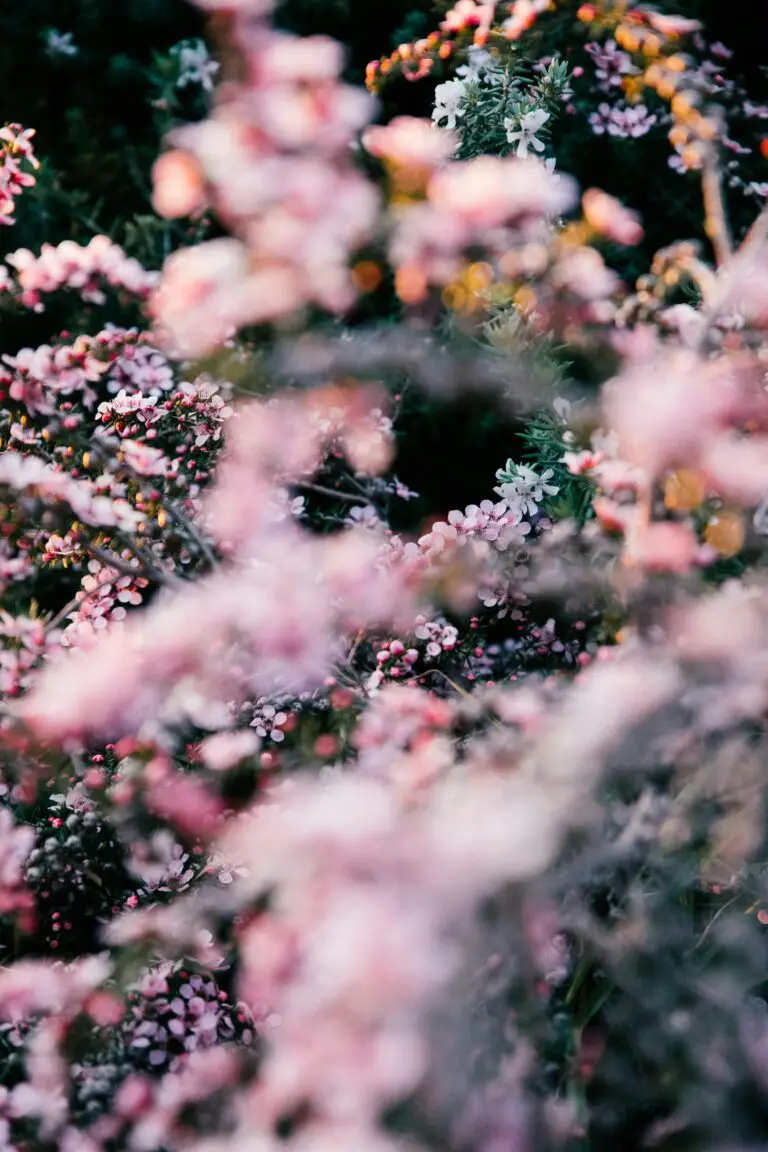
Next up, let’s dial back the sun’s intensity with some tactical shade provisions. We’re not talking about a full-blown canopy, but rather strategic placement of sun umbrellas or even lattices that allow dappled light through. Remember that time at the beach when you relished the relief a parasol provided? Your sedum is no different and appreciates a respite from the midday sun.
While sedum is sun-loving by nature, intense heat following a transplant can lead to undue stress. So, pay close attention to the signs—wilting leaves or a dull, lackluster appearance. That’s your sedum’s way of saying, “Hey, I could use a little shade over here!” By heeding these hints and providing some much-needed shelter, you can have a summer garden that’s a verdant retreat, with your sedum taking center stage.
Remember, aftercare post-transplant is all about understanding and responding to your garden’s needs. With a tender touch of mulch and the thoughtful provision of shade, your sedum won’t just survive the summer—it’ll paint it vibrant green.
Addressing Common Concerns with Summer Transplanting
Summer brings the buzz of bees, the dance of butterflies, and often the itch to transplant our beloved sedum to that perfect sunny spot in the garden. But with the summer heat at peak ferocity, gardeners could use a scoop of expert advice to avoid the wilt and despair of an unsuccessful transplant. So, let’s dig into the thick of things and talk about leaf scorch and root shock—two common villains in our summer transplant story.
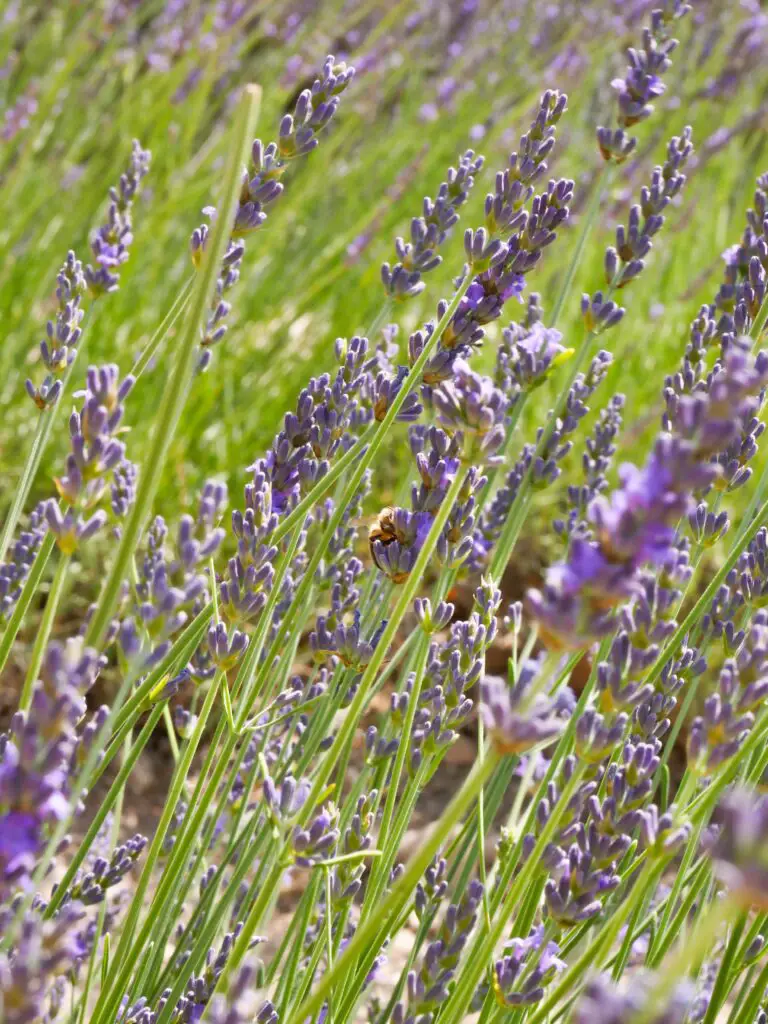
Leaf Scorch: The Summer Sun’s Calling Card
Imagine a sedum leaf, plump and happy, suddenly thrust into the limelight of a scorching sun. It’s a shock akin to stepping out of an air-conditioned room into a sweltering beach—unsettling to say the least. Leaf scorch manifests as a parched, browned, or withered appearance where leaves are literally ‘burnt’ by the intense solar flare. The best defense? Position transplanting to cooler hours, perhaps a morning when the earth is still whispering secrets with the dew, or a late afternoon when the sun begins its descent and casts a golden sigh across the sky. This simple adjustment ensures your sedum’s leaves remain cool as cucumbers, basking in the gentler rays.
Root Shock: Settling Into New Grounds
Root shock is like the jet lag of the plant world. It happens when sedum roots, used to their old home, are suddenly uprooted and moved to a new location. They get grumpy, disoriented, and need time to adjust. Similar to a seasoned traveler, they must acclimate. Keep the soil moist (not drenched!) to make the transition smoother. It’s like giving your sedum a comforting cup of tea as it settles in. Since summer heat can dry soil faster than you can say ‘transplant,’ consider adding a layer of mulch to retain moisture and keep the roots snug.
By now, it’s clear that summer transplanting is not a garden myth to be busted, but a task for the savvy gardener armed with the right tactics. With these tips up your sleeve, you can turn potential pitfalls into a seamless green transition for your sedum, leaving both you and your plants glowing with success in the summer heat.
FAQs
Are you looking at your sedum plants, hesitant about whether moving them in the summer will cause them to wilt like a popsicle in the sun? We’ve got your back with a refreshing splash of guidance! So, let’s dive into the pool of queries surrounding transplanting sedum in the summer.
Is Summer Transplant a No-Go for Sedum?
Summer might seem like the VIP lounge of the seasons, exclusive and harsh for transplanting. But in reality, sedum plants are the social butterflies of the garden. They adapt! With proper water management and a little shade to lounge under, your sedum can slide into its new spot smoothly, even during a summer soiree.
What’s the Best Time of Day to Redecorate My Garden with Sedum?
Think of transplanting like hosting a brunch – you wouldn’t want to do it in the heat of the day. Aim for the cooler mornings or evenings when the sun isn’t playing the role of an overzealous party guest. This way, your sedum gets to settle in without breaking a sweat.
Can My Sedum Survive the After-Party?
Imagine transplanting sedum as arranging the after-party: it’s all about the recovery mode. Offer them a drink (water, of course) and some mulch to retain the moisture, and watch them rebound and ready to rock their new location—no hangover in sight!
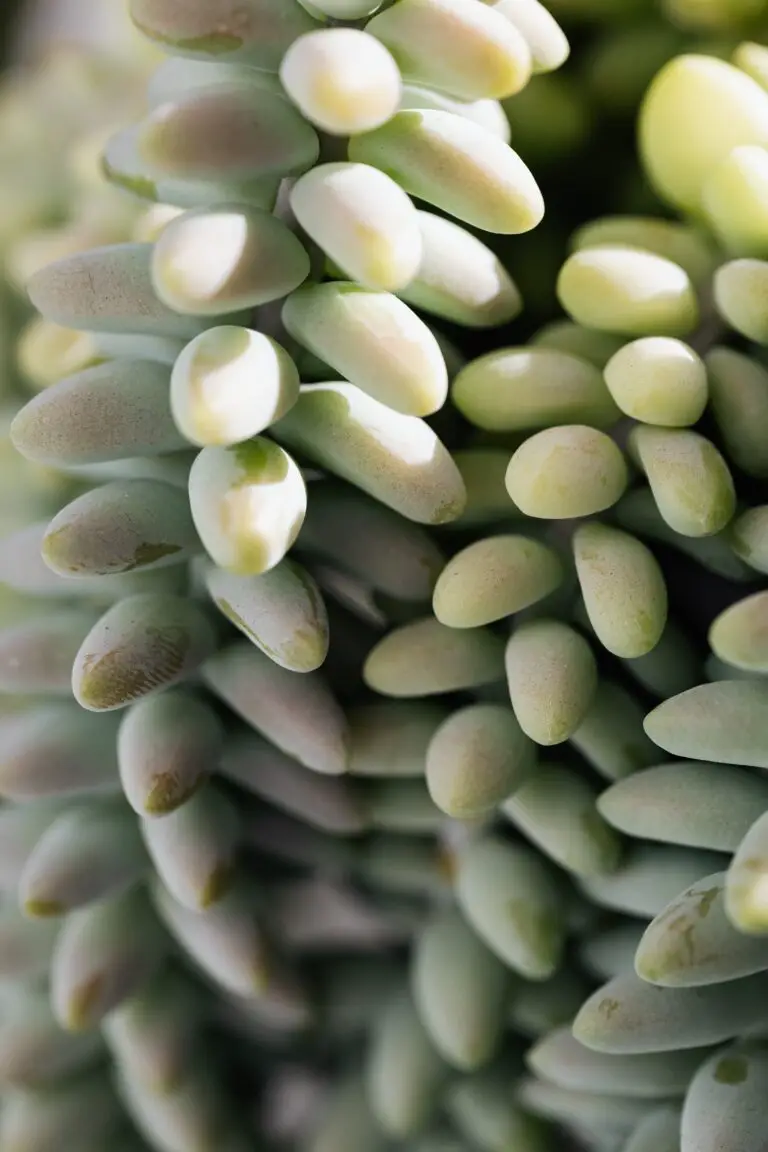
Any Tricks Up the Gardener’s Sleeve for Sunny Transplants?
Yes! Think of a parasol at the beach—temporary shade structures are the gardener’s equivalent. They protect your sedum from sunburn while they acclimate. Plus, it’s a great excuse to get crafty in the garden with some stylish shade solutions.
Will My Sedum Need Special Care After Transplanting in the Heat?
Affirmative! It’s like giving them a VIP pass to the spa. Extra watering? Yes, please. Adding compost for nutrient boost? Absolutely. Ensuring the soil around the transplanted sedum is loose and inviting? Non-negotiable. Treat them right, and they’ll thrive, flaunting their succulent beauty despite the summer tempo.
Remember, summer transplanting is a bit like a dance routine – it’s all about the timing. With these tips and a splash of vigilance, your sedum can not just survive but truly dance to the rhythm of the summer vibes!


